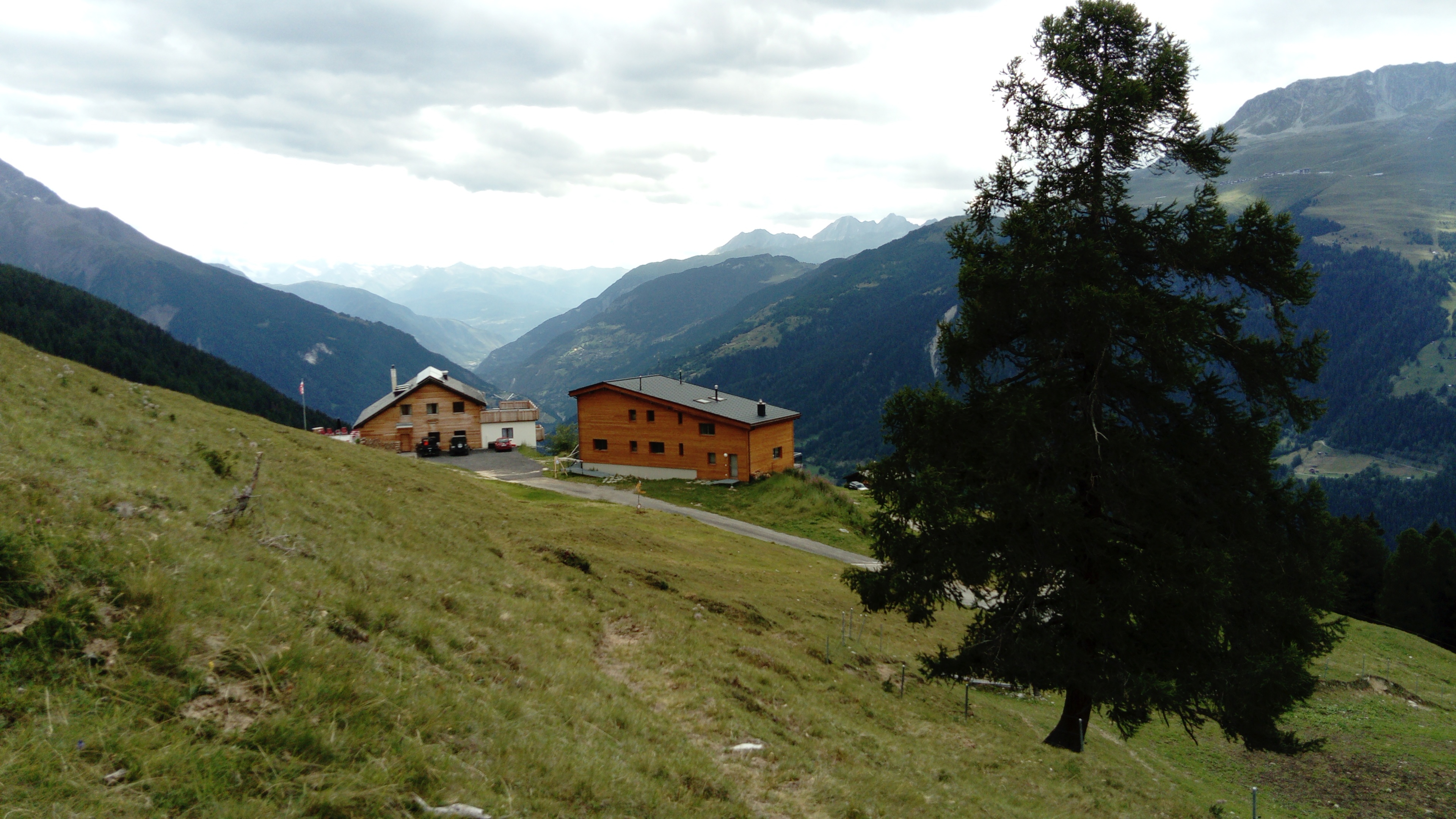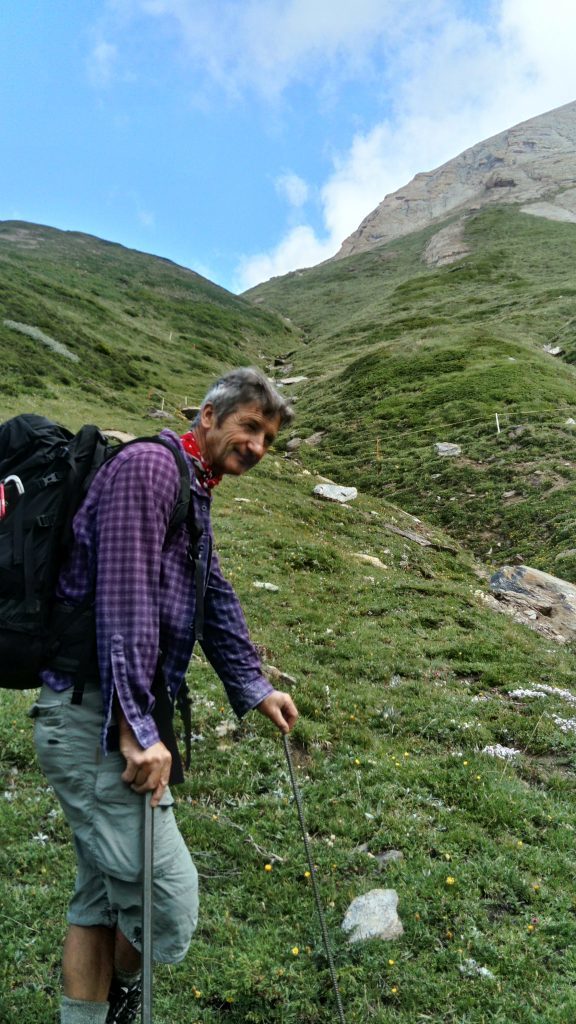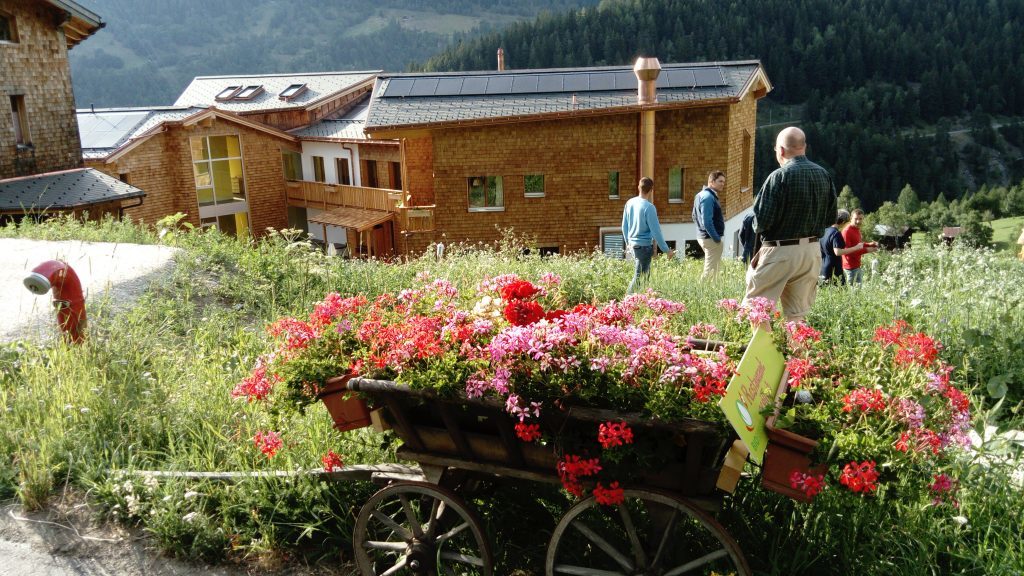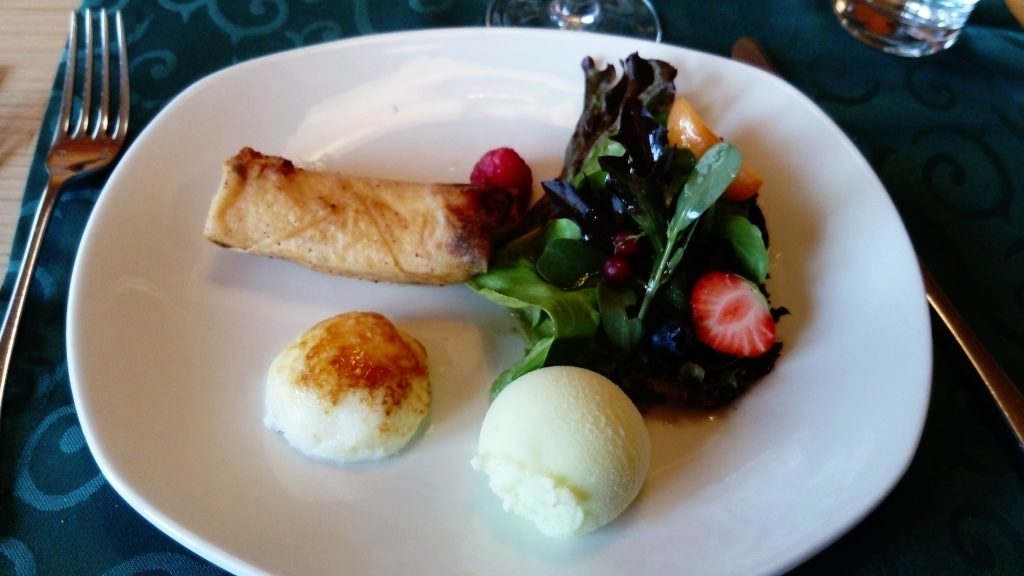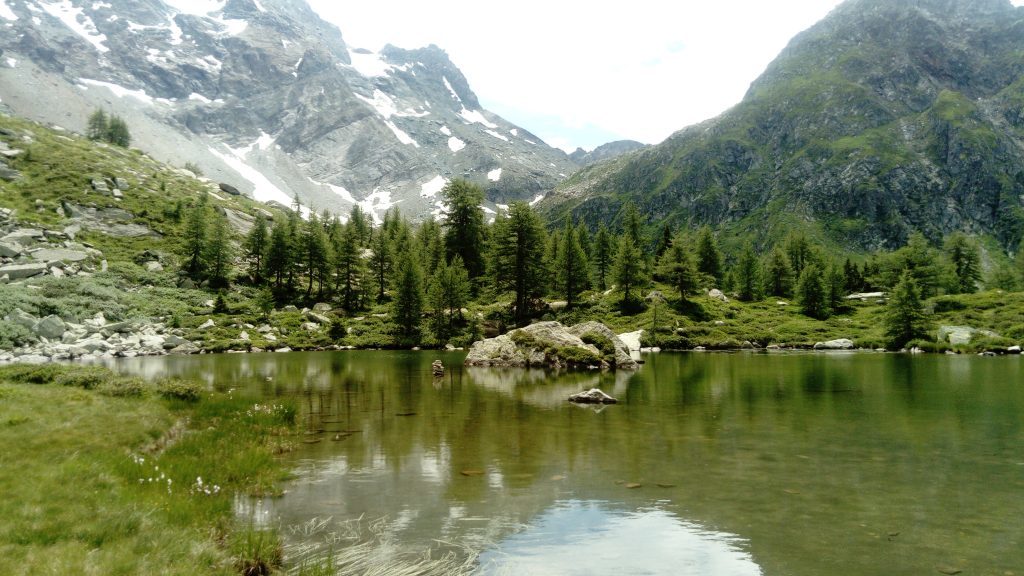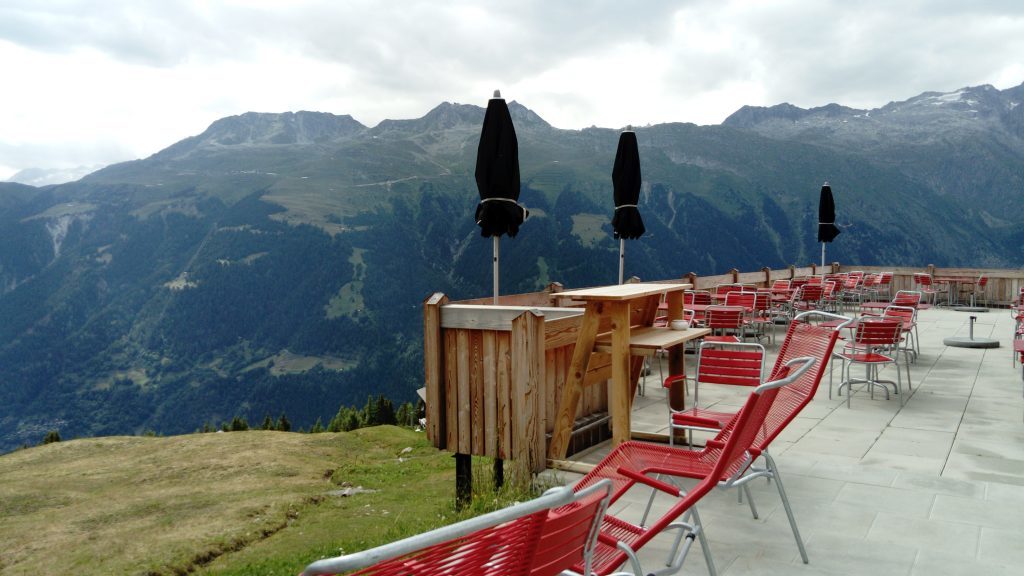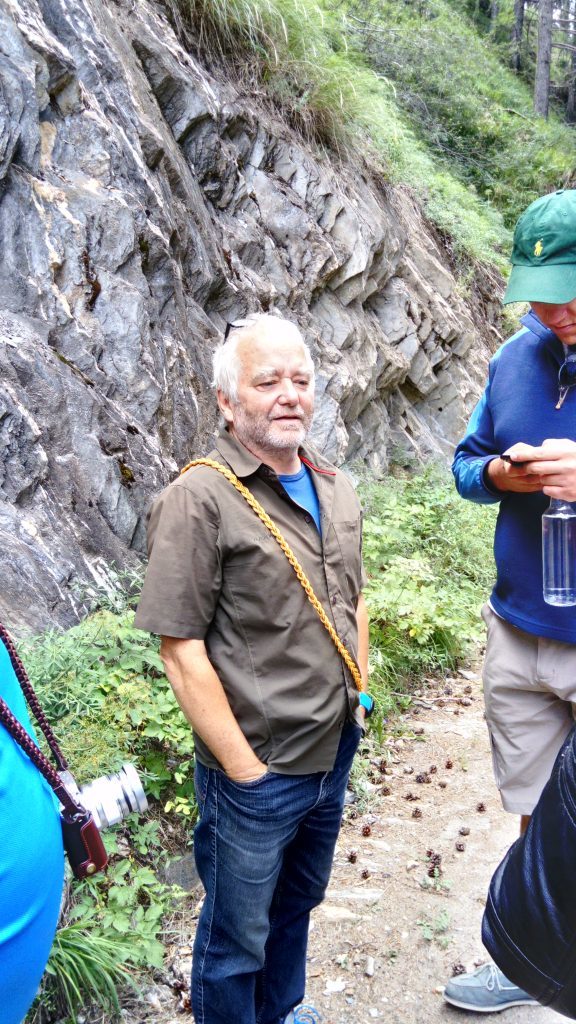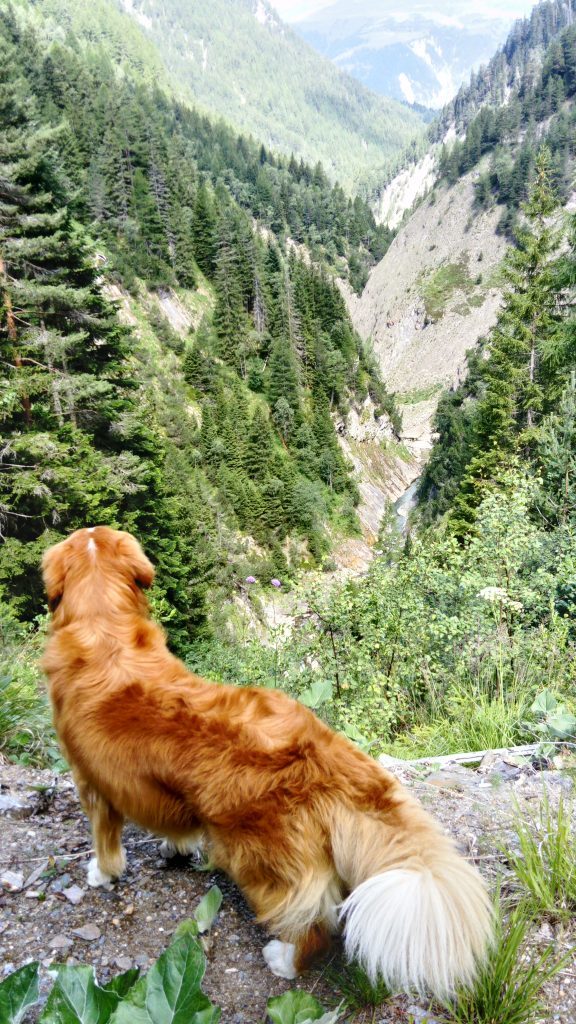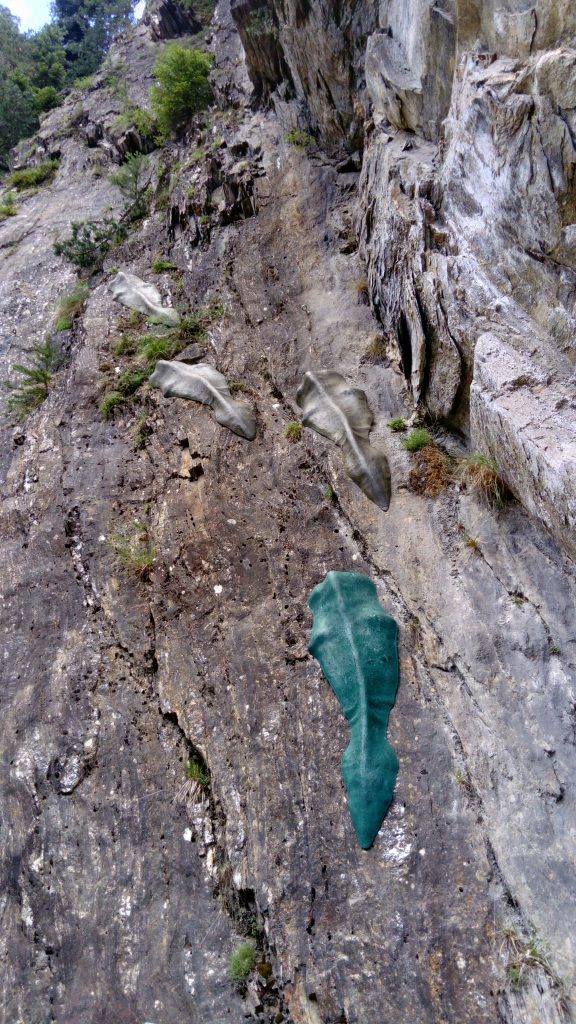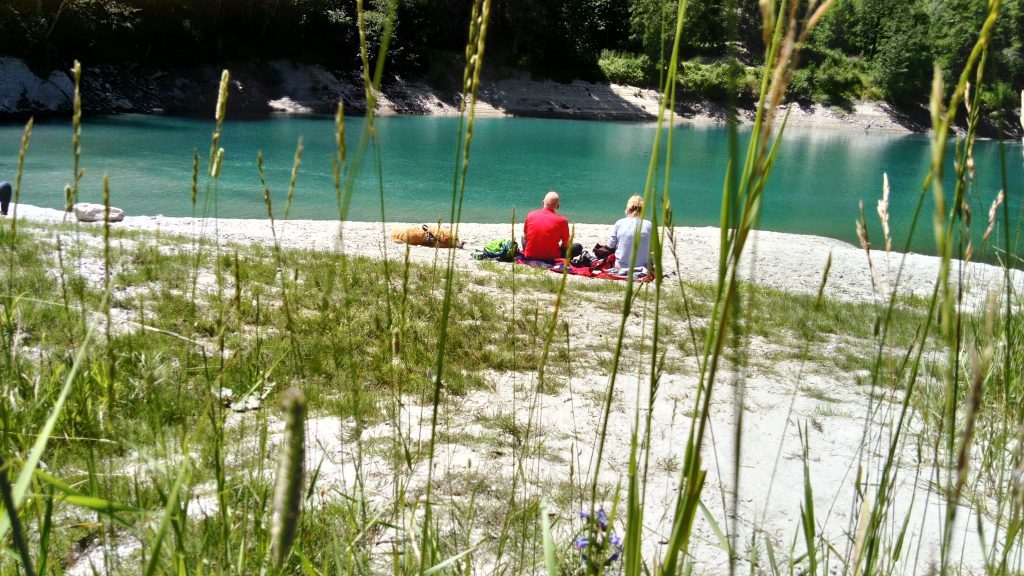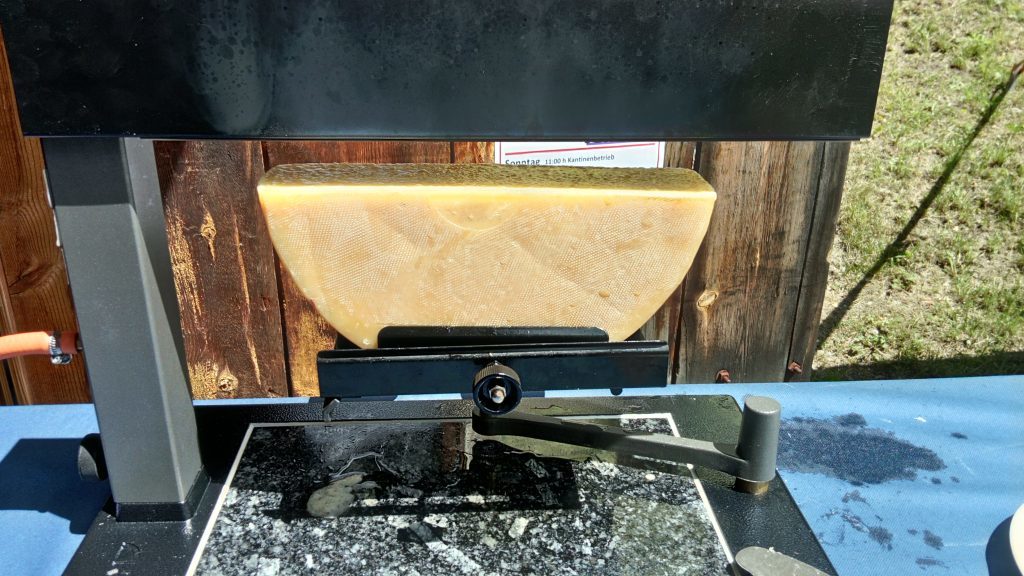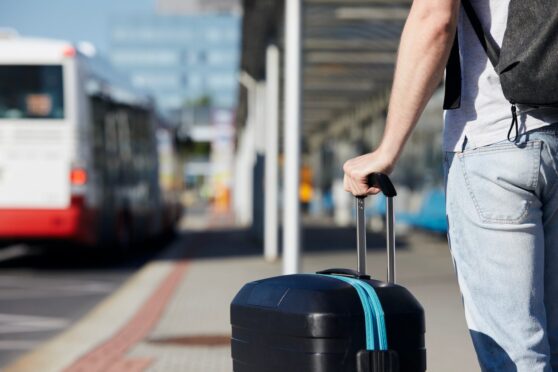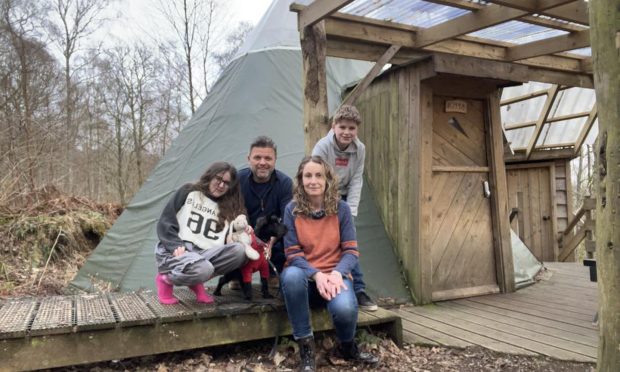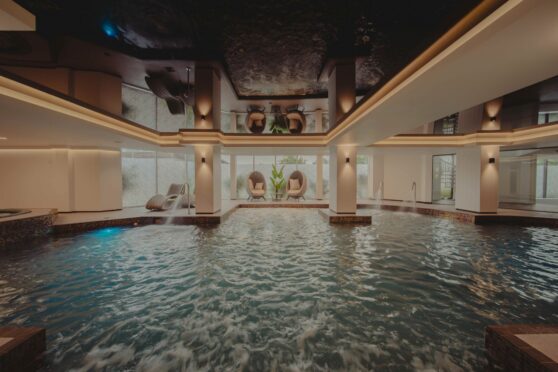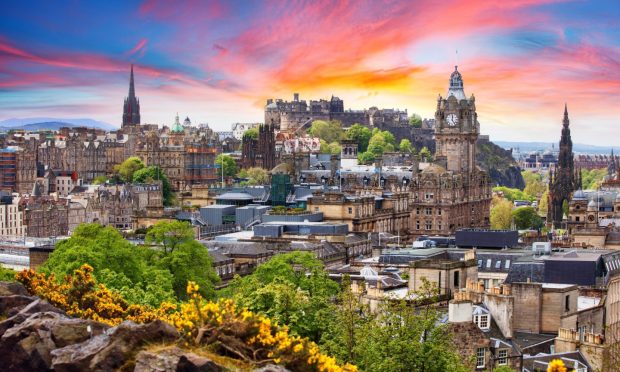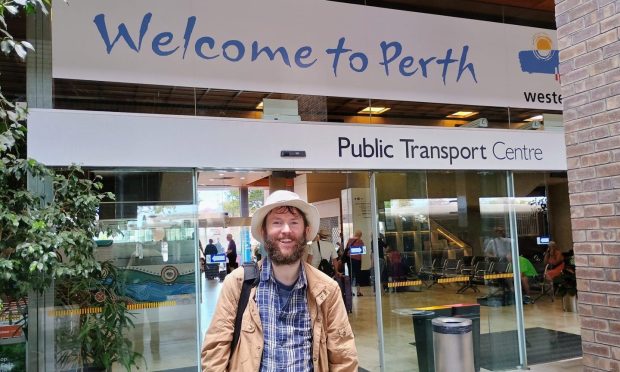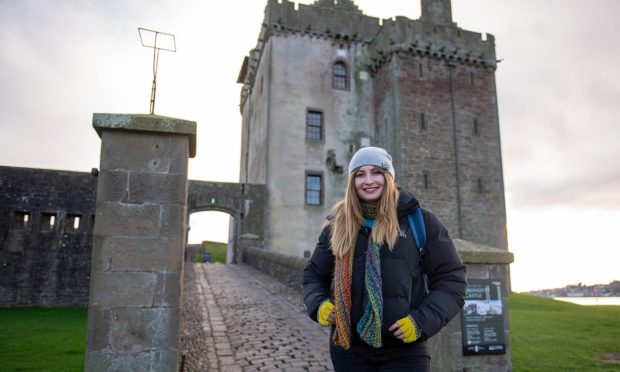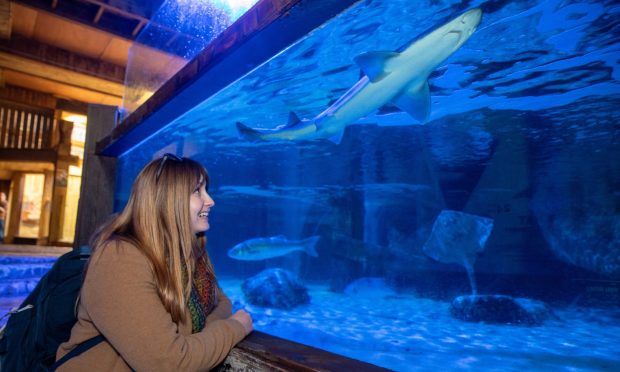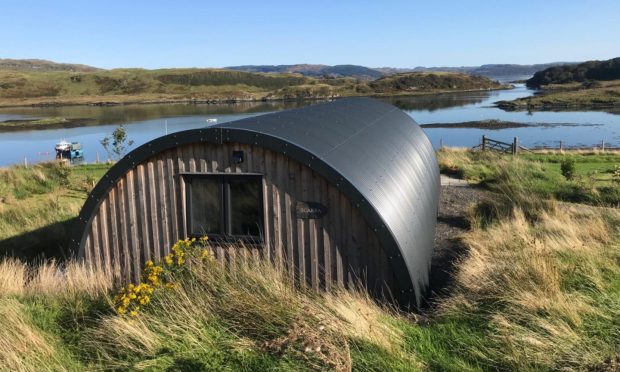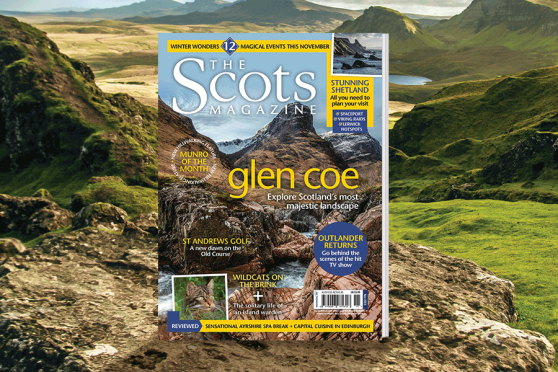Early on my first morning at Chaserstatt hotel I’m woken by the gentle sound of cow bells. Set 5000ft up in the Binntal, an Alpine valley in the Swiss canton of Valais, the hotel enjoys sweeping views down to the town of Ernen far below, while the owners of the bells – beautiful brown cattle – graze close by on their summer pastures.
I make my way from my room, which is in the former cable car station from the days when Chaserstatt was a skiing resort, to the main hotel and tuck into a traditional Swiss brekkie of rye bread and jams, cheese, cold meats, muesli (of course) and granola topped with yoghurt.
This sets our group up nicely for the day’s outing – treasure hunting. The Binntal is renowned for its rich mineral deposits and we head off to meet our guides Rene In Albon, and his daughter Daniela. A youthful 65, Rene leaps across up the hillside like a mountain goat while the 6,000ft climb starts to take its toll on the rest of us. However, a pit stop for an early lunch – which includes some of the beautiful apricots the area is renowned for – gives us the energy to keep going and soon our goal is in sight: a shallow gully set on a slightly precipitous scree-covered rock.
Lured by the promise of unearthing some mountain crystals, we throw caution to the winds and scramble over to watch Rene at work. Poking and digging with two simple metal poles, it’s not long before he holds a beautiful piece of clear quartz up to the sun. Fired by his success, we take turns to excavate and, with his help, it’s not too long before we all have a crystal each to take home. It’s easy to see how this becomes an addictive hobby but eventually we manage to drag ourselves away for the descent.
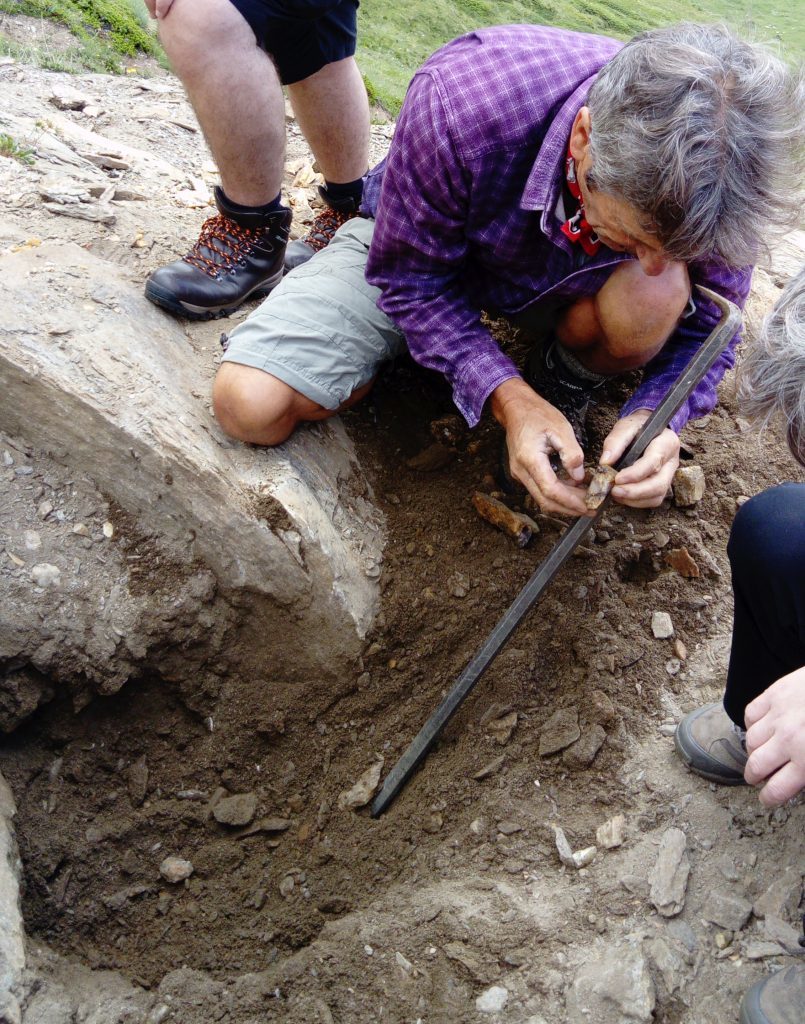
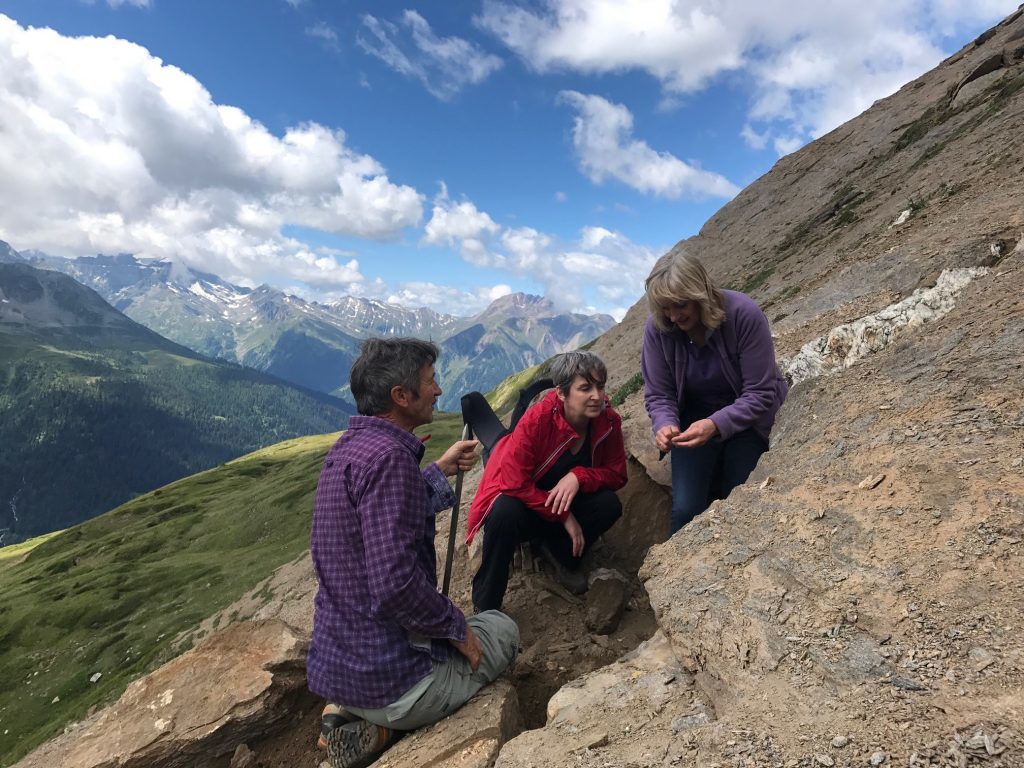
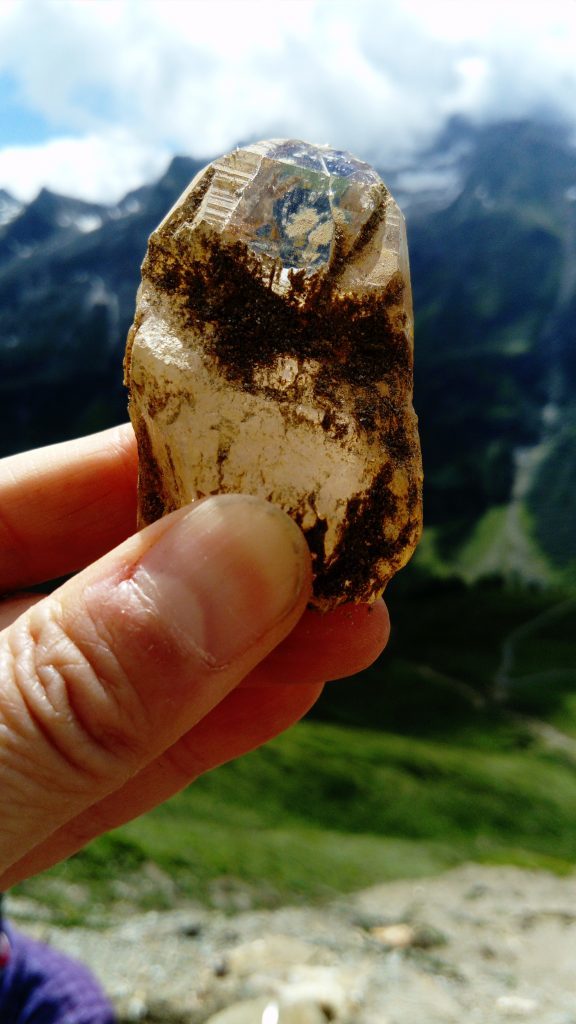 Back on terra firma, a trip to the mineral museum in the hamlet of Fald, owned by collector Andre Gorsatt, showcases the stunning variety of minerals to be found in the area, many of them quite valuable.
Back on terra firma, a trip to the mineral museum in the hamlet of Fald, owned by collector Andre Gorsatt, showcases the stunning variety of minerals to be found in the area, many of them quite valuable.
More than ready for dinner that evening, we are treated to a top-class meal at Restaurant ErnerGarten in the town of Ernen. Newly opened in May, the restaurant and its chef Klaus Leuenberger are making a name for themselves for fine dining in the Binntal area. Beautifully presented dishes, including an assortment of goats cheese and a delicious apricot dessert, are accompanied by refreshing local wines.
It’s an early start the next morning for our second hike – this time to Lake Massersee, the smallest of four mountain lakes in the upper Binntal and part of the Landschaftspark.
The only problem is that it’s almost 7,000ft above sea level.
Luckily for us, the earlier part of the ascent is largely in shade and we follow our guide for the day, Andreas Weissen, along a narrow path past numerous pretty alpine plants. Eventually we espy an old cattle barn, which looks as if it’s straight out of Heidi, and stop for another tasty picnic of Swiss goodies.
It’s getting pretty warm by now although conversely, as we approach the snow line, an underlying chill is making our hands feel cold. But the thought of two bottles of local wine in our guide’s rucksack spur us on and before long we’ve made it.
The lake, although small and shallow, is a welcome and picturesque sight and a few of us paddle at the edge to refresh tired feet.
The wine naturally goes down a treat and helps us make the descent in double quick time. At the bottom we’re rewarded by a mineral trail which begins with a quarry of dazzling white Dolomite marble. This soft porous stone sparkles in the sunshine, and here and there strands of pyrite (fool’s gold) glitter. As we follow the road down, clever interactive and informative displays of minerals provide entertainment, including a large rock with two head-sized holes carved into it (one for adults and the other for kids) so you can out your head inside and “listen to the earth”.
Tired out but happy, the day is rounded off perfectly by dinner cooked by Chaserstatt’s resident chef Janos Schweizer, while the hotel manager, a charismatic young German called Jan Wyczisk and his assistant Georg Zacher, are attentive hosts – not forgetting Jan’s little dog Leni. The dessert is a particular high spot – white and dark chocolate Toblerone mousse to die for.
Our last morning dawns all too soon but we still have an action-packed schedule before we head to Zurich airport later in the afternoon.
A short bus journey deposits us at the start of the Twingi Gorge to meet our guide Peter Mangold and his lovely retriever Bo.
As we begin our walk Peter explains that until a tunnel was built between the villages of Ausserbinn and Binn in 1965, the remote valley was often cut off from the outside world for weeks at a time in winter, and folk often took their lives in their hands going through the Twingi.
Today the old footpath is popular with cyclists and walkers and with its tunnels and ancient walls supporting the sides and marking the edge, it’s an impressive monument to earlier times. The steep slopes beside it can teem with wildlife, including chamois (a goat-like animal), and Bo is on the lookout for snakes in the undergrowth. Luckily, he doesn’t find any…
Dotted along the walk are various art installations which vary from a host of bats hanging from the roof of a tunnel, a giant wooden sculpture of an alpenhorn, and cows’ spines buried in a rock. There are also some ingenious wooden “telescopes” which give an exciting new perspective on the scenery.
A stunning turquoise lagoon, complete with a little beach, lies at the end of the path and it’s in this idyllic spot that Peter not only lives but also has his own restaurant Twingi Stubji. Here we are treated to raclette – a traditional Swiss dish cheese is slowly melted under heat before being served with new potatoes, pickled onions and gherkins. It was utterly delicious and we all queued up for seconds, and thirds…
More local wine slipped down a treat and the meal was rounded off by a zingy honey, apricot and yoghurt dessert that Peter had made himself.
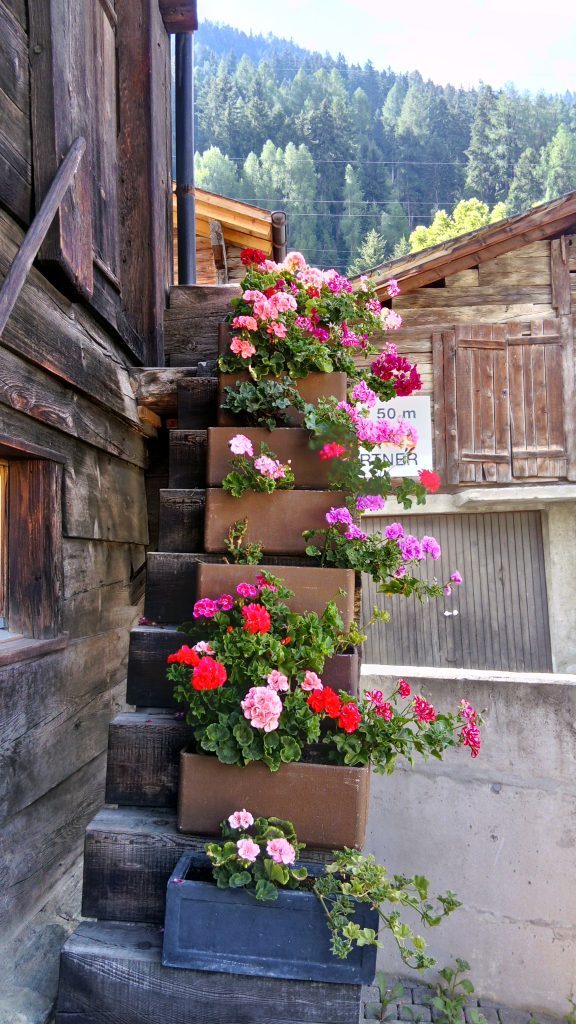 Sadly it is time to start making tracks for our journeys home and it is with heavy hearts that we drag ourselves away from this little piece of paradise to catch the train to Zurich. But this in itself is a treat: the journey takes around two and a half hours, on a super quiet, double decker electric train, passing through some spectacular scenery en route, a last taste of a memorable country, a million times prettier than its chocolate box reputation.
Sadly it is time to start making tracks for our journeys home and it is with heavy hearts that we drag ourselves away from this little piece of paradise to catch the train to Zurich. But this in itself is a treat: the journey takes around two and a half hours, on a super quiet, double decker electric train, passing through some spectacular scenery en route, a last taste of a memorable country, a million times prettier than its chocolate box reputation.
Caroline Lindsay flew with British Airways from Glasgow Airport, via Heathrow, to Zurich. Return flights are around £230. EasyJet fly from Edinburgh to Geneva for under £100. SWISS also operate an Edinburgh-Zurich service.
She was a guest at Chaserstatt Hotel, Ernen. Rooms cost 80-110 Swiss francs (about £63-£87) per person per night, including breakfast. www.chaeserstatt.ch
Bus and train journeys courtesy of Swiss Travel Pass: all inclusive for 3-15 days, it can be used on trains, buses and boats, with free entry to more than 500 museums. Prices start at £170. www.swistravelsystem.co.uk
www.myswitzerland.com
